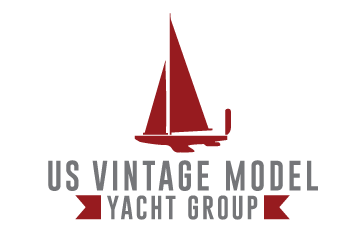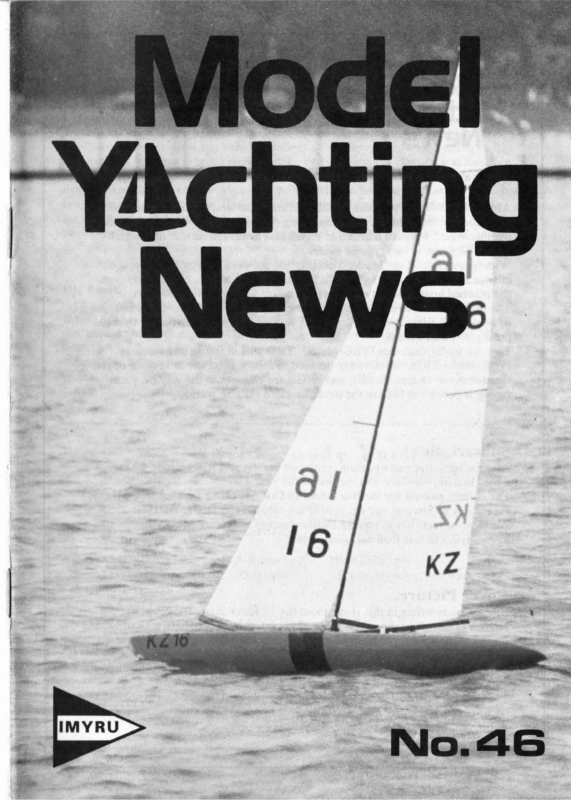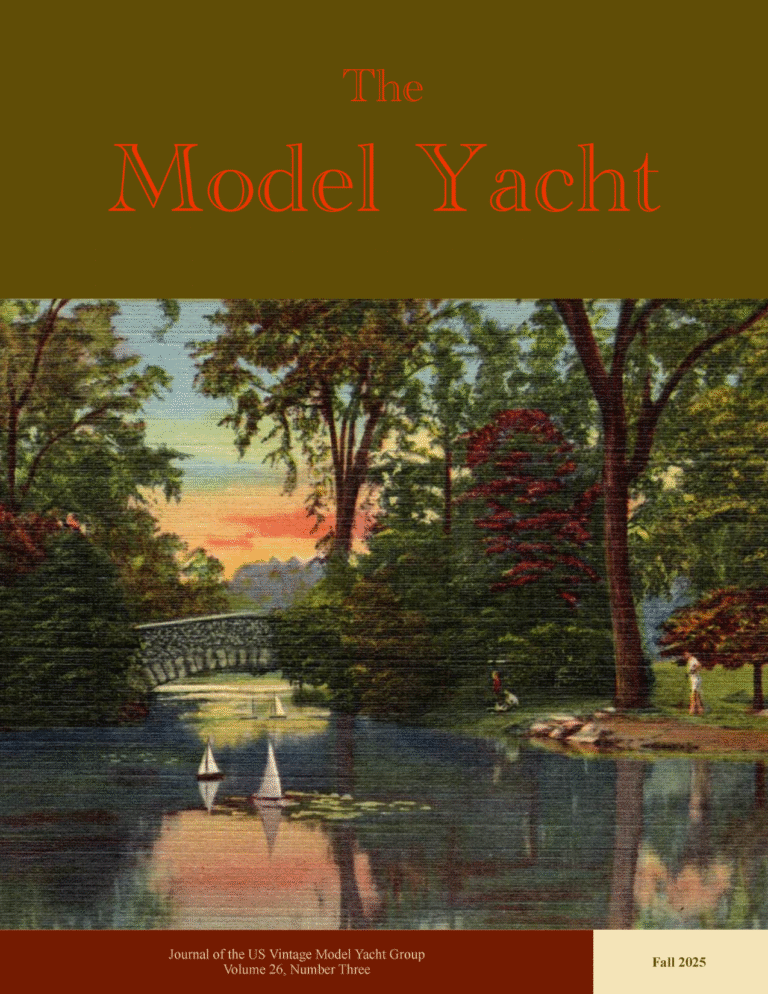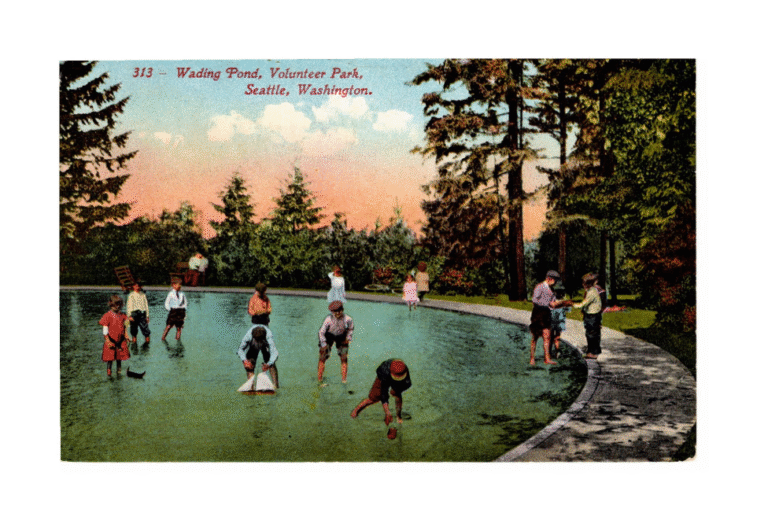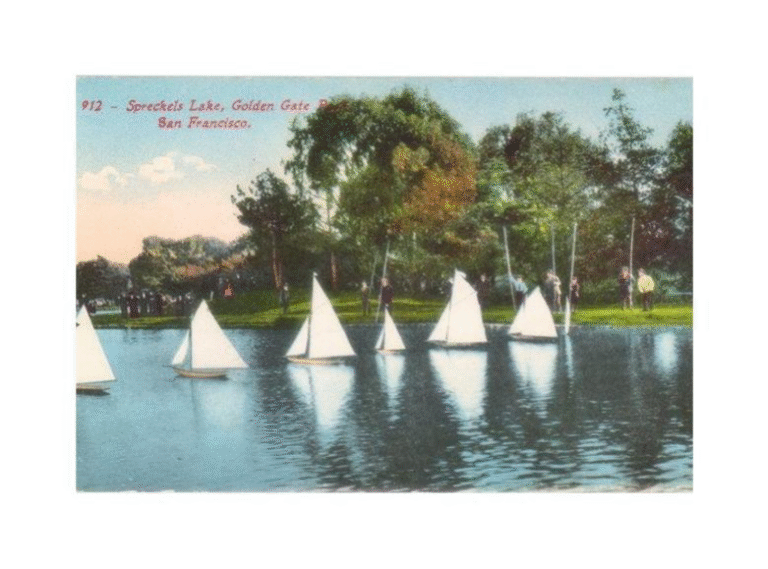DAA 1BO,- Din 140, DGD A Range Of Sails and Sallcloth in Rolls re or Architects paper JODMVaa. Mebefole Gam White and Transparent Draughting ISDM/ 100m Am Scheurenptad 40, 4058 Juchen 3, Germany. Tel; 02164/49278. A Class Designs. We met John Lewis recently, and are happy to report that his design arm has been busy in recent months with new ideas coming off the drawing board at quite a rate. In addition to a number of Six Metre class designs he has also done a range of A class ones, some for individual skippers who wish to keep them for themselves. On the other hand there are a selection which can be obtained direct from John Lewis for a modest sum, and these include: Catswhisker. A 1987 Design for which David Trippe has the prototype, of dimensions; LWL; 50.5″ Disp; 37.51b LOA; 76.5″ SA; 1540 Sq In. Price; £15 post free. Catswhisker Mk2. As above but with a prognathous fin, now allowed under the revised class rules. Price; £15 post free. Juno. A brand new, and as yet unproven yacht, for which the prototype is now being built; and the first of the new CAD based Lewis designs. LWL; 48″ Disp; 30lbs LOA; 63.35″ Price; SA; 1470 sq in. £20 post free. If you want a bespoke design using your preferred LWL/SA etc, you will have to pay around £75, and of course they have to take their place in the queue, so the above design offer a quick way to get an excellent design for home building. All enquiries to; John Lewis, the Barn, 4 Monument Lane, Rednal, Birmingham, B45 9QQ. New Bantock “A” Class Design. Graham Bantock has sent out a circular in October 92 asking for response to a possible new radio A class yacht, essentially optimised for UK conditions, but with an eye to potential use at the 1993 World Champs in Denmark. The venue in Denmark is reported to have windspeeds of between 0 and 10 metres per second, and this makes it quite similar to average UK conditions. In an attempt to get a set of parameters in which a reasonable number of potential customers might find common ground he is asking for a number of bits of information, including displacement and sail area range. For more information contact Sails Etc, at Kelvedon, Essex. 0376 571437. 32 New Products. Pekabe. Some months ago we were sent a sample of a new through deck pulley manufactured by the world renowned Pekabe company. This is a great improvement on the earlier single pulley version, and close examination shows how the change allows it to be used in either forward facing or stern facing mode. The overdeck flange has been widened to give greater watertightness, and there are alternative mouldings to give flush fitting to either flat or rounded decks. The line outlet above deck has been given the same height as a deck mounted pulley block so that a sheet line may have the least amount of friction in this situation. Both pulley blocks are fitted with ballbearings. Weight is only 4.6grams complete with mounting screws. Pekabe has a number of outlets worldwide, and you should have no trouble getting this item from them. If you do, write to Pekabe, Postfach 27, D 6301 Fernwald, Germany for the name of your nearest stockist. Mac Fit. Not so well known as some other suppliers, Bernie McNulty has gradually developed a wide range of fittings, including a number of vintage ones suitable for restoration projects, lead keel weights for popular classes, sails and timber cut to suit yacht construction. Last year Bernie produced a neat catalogue, and this laid out the items clearly, giving a lot more detail and including prices and postage costs. Bernie McNulty can be found at 1 Lakeside Court, New Brighton, Wirral, L45 1NS, telephone number 051-639-7106. Swan Model Yachts. New Marblehead designs for 1993 include an updated Slicker, modified from the original Chris Dicks’ Slick with increased rocker and bow flare, and a production version of Roar Edge, Roger Stollery’s 1992 New York special which has recieved rave notices for its performance in a variety of conditions. A new One Metre class yacht, Wafer, is also in the offing, and of course the now well known Comick remains in production, Swan Model Yachts are to be found at The Bungalow, New Barn Park, Swanley, Kent, BR8 7PW, telephone number 0322 666363. 33 Traplet Yacht Plans. The following plans for “class” racing yachts are available from Traplet Publications. In all cases except the Ragtime One Metre, they consist of lines drawings only, and are of up to date and competitive racing yachts. One Metre Class. MM 2309. Ragtime. A top class boat, by Graham Bantock. A fully detailed plan with all required information to build a timber planked highly competitive yacht. Price £8.50. MM2344 Symphony. An Adrian Brewer boat, double chine ply hull, simple and cheap to build, all rig details shown, but not detailed construction. Price £6.00 MM2345 Fe Fe 2. Designed by Charles Detriche, an interesting combination of flat ply sides and rounded bottom, planked in thick balsa. Has proved a very quick boat indeed. Plans lines only plus fin,rudder and sail data etc. Price £6.00 MM2346 Swish. Another Adrian Brewer design, similar in form to his PocketRocket M class design, easy to plank hull frames. Fin,Rudder etc also shown. Price £6.00. R36R Class. MM2355. Twister Mk2. One of the few publicly available designs for this class, double chine form, for ply planks, based on a Brewer design, much developed by John Henningham, who redrew the plan to add updated ideas. Price £6.00 Marblehead Class. MM 2311 Fusion Mk1 and Mk2. Two for the price of one, these Bob Sterne boats are in the 111b to 12.25lb displacement range, classic shapes and easy to build to top level. Plan on one sheet for both boats. Price £8.50. MM 2382 Monocat. The latest Bob Sterne boat to be published. Very lightweight at 10.75 Ibs, with flat sides and planked rounded bottom. Must be built light, but performs to the highest levels, using either swing or traditional rigs. Price £8.50. Six Metre Class. MM 2322 6T6. A chine ply design from Adrian Brewer, intended for fun sailing as a 12M lookalike, but capable of good performance within the class. Better built useing thick light ply to avoid hollows in the skins which would make it unable to rate correctly. class. Cheap and an easy introduction to the Price £7.50. MM 2395 Force 6. Adrian Brewer’s latest look at the rule, a full round bilge hull, and displacement of 24.86lbs, sail area 1228 sq ins, lwl 40″. loa 57″, Brice £7.50: A Class. MM 2335 Orca 11. Bob Sterne’s design, more a series of options aso you can choose your own sailarea/waterline length to suit your ideals. Waterline can be varied between 46″ and 54″. Displacement 29lbs at 48″ LWL., others pro rata. Price £10.00 Multihulls. MM 2394 Snapdragon. A new design, by Mike Howell, taking in all the most recent Mini40 class ideas, intended for balsa planking or cutting from blue foam polystyrene. Plan shows tubular beams, ideally from 14mm c/f tube, easy to assemble and demount. A cheap introduction to the standard UK and French class. Price £5.00. To Order. Add UK postage, £1.00 up to £5.00 value, £1.50 up to £10.00. £2.50 up to £20.00 value, £3.00 up to £20.00. Overseas £3.00 up to £5.00, £4.00 up to £10.00, or Airmail £5.00 up to £20.00, £6.50 up to £20.00. make cheques payable to TRAPLET PUBLICATIONS please, You can pay by Barclaycard, or other credit cards. send to; Traplet Publications, Severn Drive, Upton On severn, Worcs, WR8 OJL. Telephone number 0684594504, Fax 0684 594586. To pay in US Dollars, send your order to Traplet Publications, PO Box 167, Florham Park, New Jersey, 07932. WE LEAD THE FLEET FOR VALUE… From multi-coloured to multi-composite From Dacron to Kevlar From Stock sails to specials… wide range of fittings for most classes A comprehensive range of Pekabe blocks and fittings AVAILABLE NOW, the superb AIXTRA one of the fastest Marblehead designs in Europe (placed 2nd in the 1989 European championships) es Wiley Write for lists…enclosing S.A.E. to… SAI-s/ 1 COURTENAY ROAD – POOLE – DORSET BH14 OHD PpJ) 02 ry PETER WILES 0202 744101 36
